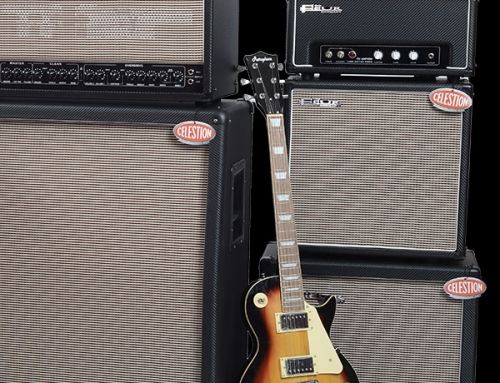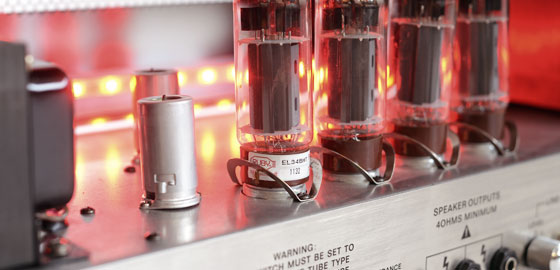How to Set Up a Church Sound System
What’s Involved in Getting Sound from Stage to Audience
In essence, the sound system provides the means to get sound from its source on the stage to the ears of the audience. Most people only take the obvious aspects of the system into account (microphones, speaker, and the mixing console), but don’t realize that there are many links in this chain. This is understood as the Signal Path, the links in the chain being:
Line Array
For High and Medium frequency
Subwoofers
For Low frequency
Sound Source
Singer/musician – a microphone or a direct connection from the instrument
Pre-amplification
Bringing up the level of the signal from Source
Mixing
Balancing all of the elements on stage together
Processing
Equalization, Compression, Feedback Suppression, Effects (Reverb, delay, etc.)
Crossover
Choosing which frequencies go to which speakers (Low frequencies to subwoofers, higher frequencies to the main speakers)
Amplification
Raising the level of the signal again, so that it can be reproduced by the speakers
Speaker Output
Distribution of sound, what the audience actually hears
Approximate Budget for the Sound System
There is a very wide variety of equipment available in today’s market. And with a variety of products comes a wide range of costs. In order for a sound system designer to quickly choose the right type, level of sophistication, and features that you want or need, it is important to know up-front the budget available to work with.
Important Tips
There are many, many brands on the market today. And, like any other project, it’s important to use tools that are not just right for the job, but to use the tools that have proven to be solid and reliable. Remember, this is an investment! You will want this system to last you ten years (or more!), and not have to replace bits and pieces annually. By using industry standard names and product models that are designed specifically for your application, this takes all the mystery and risk out of your sound quality and investment. You want the benefit of years of design experience, manufacturing, and warranty support from world-class manufacturers. The cost differential between great products and mediocre or poorly engineered products is not that much on the whole scale. And frankly, it’s not worth it. Chances are high that you will end up replacing the cheaper, unreliable units due to failure, burnout, or noisy signal transmission (lots of hiss or hum in the final sound).
Don’t use Home Audio products in a Pro or Commercial Sound System. Home Audio devices are not built for continuous use, and they could be unsafe in commercial or professional applications. As a rule of thumb, don’t mix Home, Commercial and Professional audio products. They are all designed to be used in different ways; their signal levels and impedances are not meant to be mixed. In fact, most of the products can’t be physically interconnected – they have different types of connections that won’t work together.
Original article: http://www.proacousticsusa.com/blog/2012/03/how-to-set-up-a-church-sound-system/





Leave A Comment